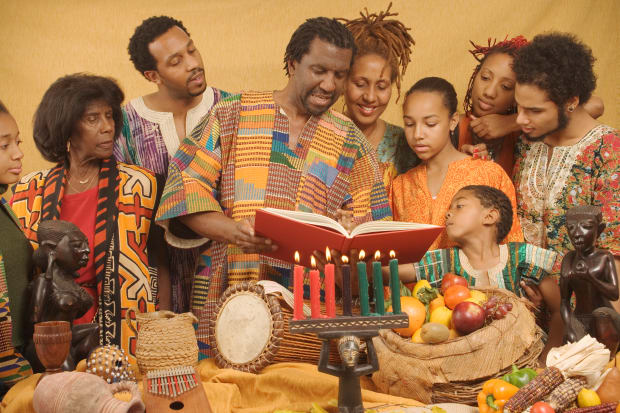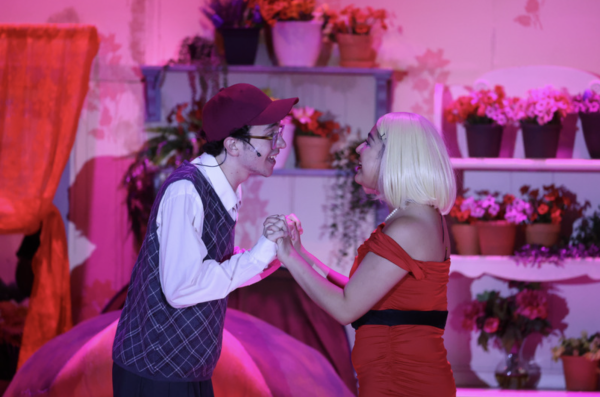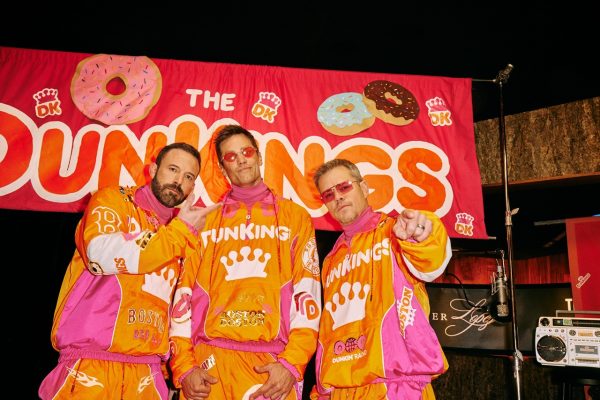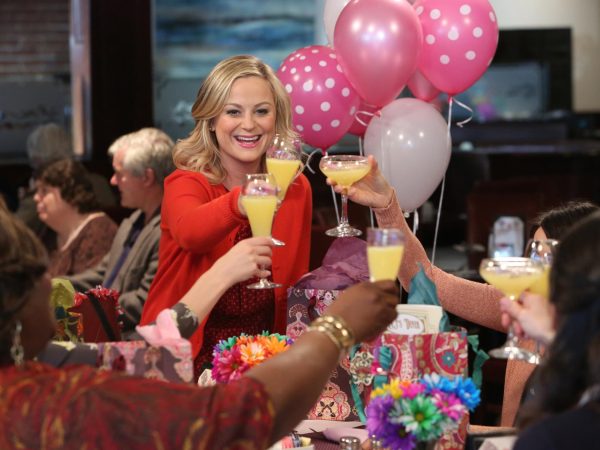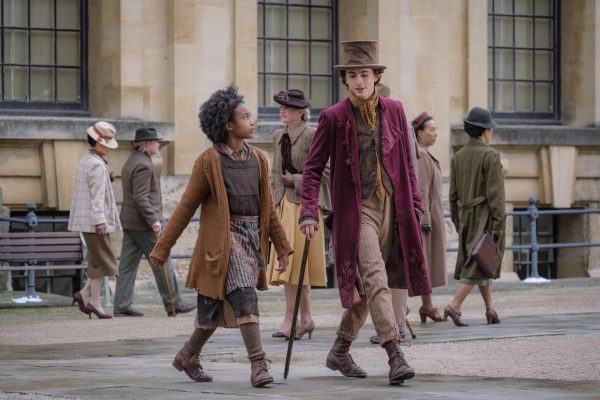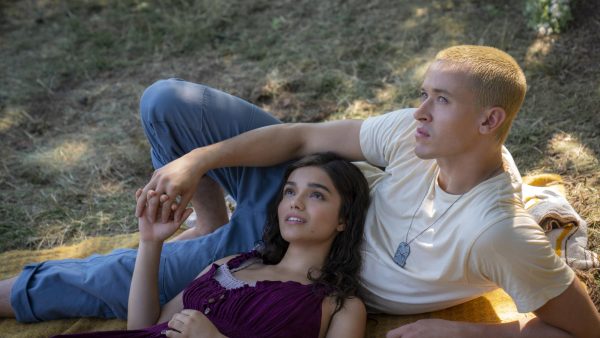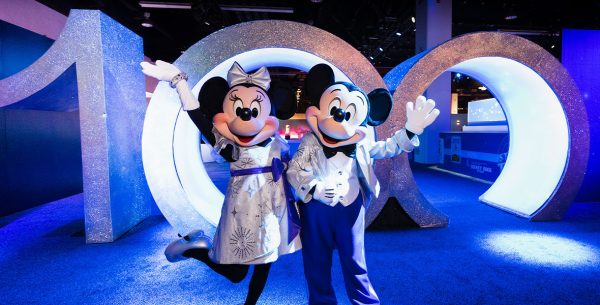The history of Kwanzaa
The holiday includes traditional singing, dancing and feasting
December 23, 2021
Kwanzaa, the celebration of cultural heritage and traditional values in the Black community, falls this year between December 26 and January 1. The first time Kwanzaa was ever celebrated was in December 1966, when it was introduced by Maulana Karenga, a Black nationalist and college professor, to help those of African descent have an opportunity to celebrate their heritage.
Many families who celebrate Kwanzaa do so in their own ways, but there are some common practices including singing, dancing, gifts and a large feast. Common decorations that can be found around the house of those celebrating include fruits, a black, red and green flag and a Kinara. The Kinara is a candle holder that holds seven candles to represent the seven principles of Kwanzaa. The seven principles are unity, self-determination, collective work and responsibility, cooperative economics, purpose, creativity and faith.
Since Kwanzaa is a cultural holiday and not a religious one, people who celebrate Kwanzaa often also celebrate Christmas or other religious holidays. Karenga, the founder of Kwanzaa said, “Thus, Africans of all faiths can and do celebrate Kwanzaa, i.e. Muslims, Christians, Black Hebrews, Jews, Buddhists, Baha’i and Hindus, as well as those who follow the ancient traditions of Maat, Yoruba, Ashanti [or] Dogon.” People of all religions are able to join the celebration and are not limited to the celebration of Kwanzaa.
The week-long celebration of Kwanzaa is meant to commemorate the roots and heritage of Black Americans. The festival has an extensive amount of meaning behind everything and is an extremely important time to many.

